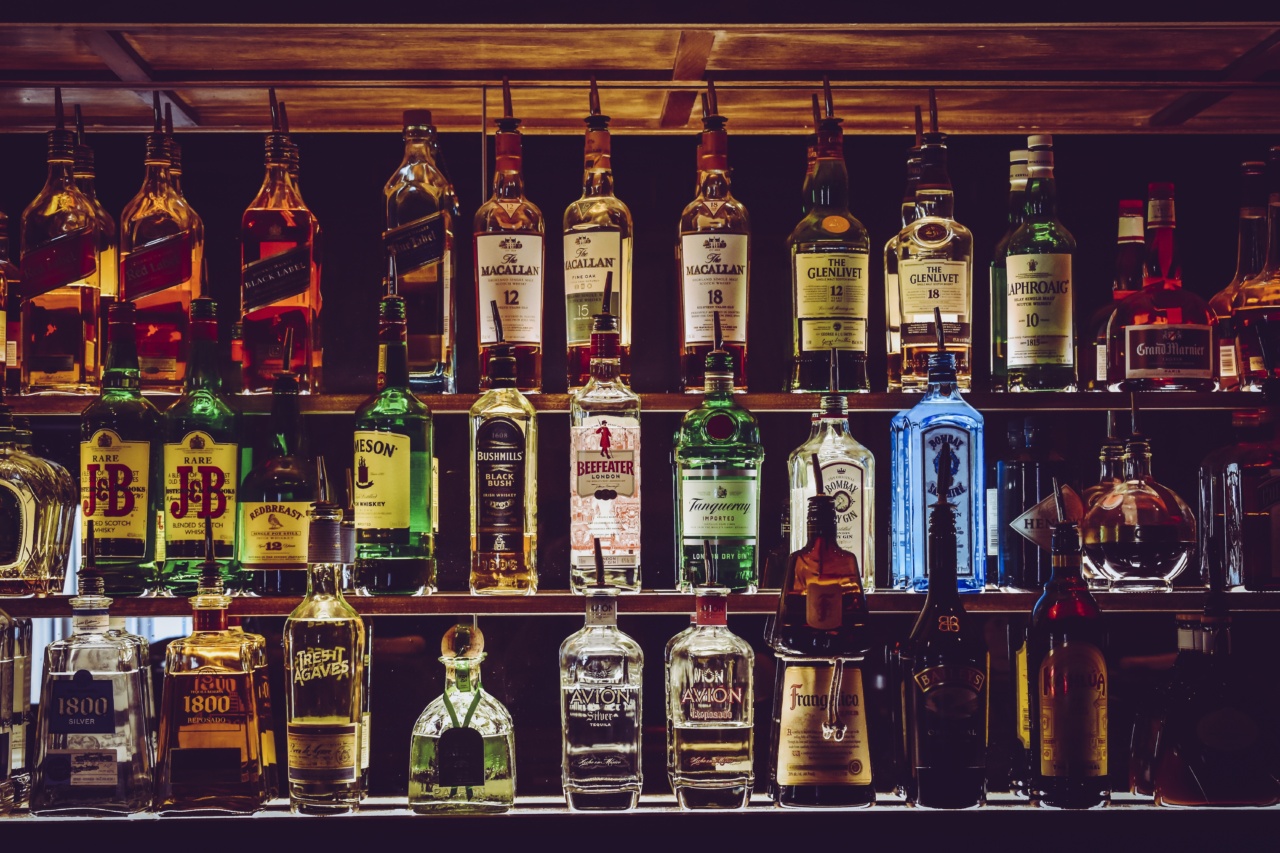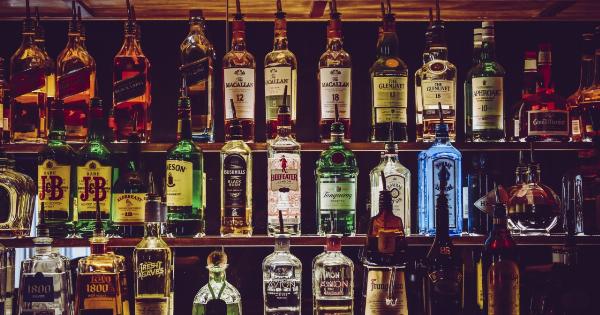Wine and beer are two popular alcoholic beverages that have been enjoyed for centuries. While both offer a refreshing and enjoyable drinking experience, they differ in terms of taste, production methods, and nutritional content.
One aspect of their nutritional content that often concerns individuals is their calorie content. In this comparative calorie analysis, we will explore the calorie content of wine and beer and provide a comprehensive infographic to showcase the differences.
Understanding Calories
Before we delve into the specific calorie content of wine and beer, let’s briefly touch upon what calories are and how they impact our bodies. Calories are a unit of measurement for energy.
When we consume food or beverages, our bodies metabolize them and convert them into energy. The energy content of food and drinks is measured in calories.
Calories are a vital part of our daily nutrition, as they provide us with the energy we need to perform various activities, from basic bodily functions to physical exercise.
However, consuming more calories than our bodies require can lead to weight gain and associated health issues.
Comparing Wine and Beer
Both wine and beer contain calories, but the exact calorie content varies depending on various factors such as alcohol content, type of wine or beer, and serving size.
Let’s examine each beverage individually to better understand their calorie content.
Wine Calorie Analysis
Wine is an alcoholic beverage made from fermented grapes. It comes in various types, including red, white, rosé, and sparkling wine. The calorie content of wine can differ based on its alcohol content and sweetness.
On average, a 5-ounce (148 ml) serving of red wine contains approximately 125-150 calories. White wine, on the other hand, typically contains fewer calories, with a 5-ounce (148 ml) serving providing around 120-140 calories.
Rosé wine falls within a similar calorie range as white wine.
When it comes to sparkling wine or champagne, the calorie content can be slightly higher due to the added carbonation. A standard 5-ounce (148 ml) serving of sparkling wine contains approximately 150-175 calories.
It’s important to note that indulging in sweeter or fortified wines can significantly increase the calorie intake.
Dessert wines or fortified wines such as Port or Sherry contain higher sugar or alcohol content, resulting in an elevated calorie count compared to regular wines.
Beer Calorie Analysis
Beer is a fermented alcoholic beverage made from grains such as barley, wheat, or corn. Like wine, beer also comes in a wide variety of types, including lagers, ales, stouts, and IPAs.
The calorie content of beer can vary based on factors such as alcohol content, brewing process, and additional ingredients.
A standard 12-ounce (355 ml) serving of regular beer typically contains around 150-180 calories. Light beers, which have lower alcohol and carb content, offer a reduced calorie alternative, with approximately 100-120 calories per 12-ounce serving.
Craft beers, which often feature unique and robust flavors, can have a higher calorie content. Some craft beers may provide up to 200-250 calories per 12-ounce serving.
Comparing the Calories: Wine vs. Beer
When comparing the calorie content of wine and beer, it’s important to consider the serving sizes as well. A typical serving of wine is 5 ounces (148 ml), while beer servings are usually 12 ounces (355 ml).
Generally, wine offers a slightly lower calorie content compared to beer. However, it’s essential to keep in mind that individual wine and beer types can differ significantly in terms of calories.
For example, a high-alcohol content wine or a calorie-dense craft beer can exceed the average calorie count.
An infographic showcasing the comparative calorie content of various wine and beer types is provided below:.
Infographic: Wine and Beer Calorie Comparison
(Add description of the infographic here).
Conclusion
When it comes to the calorie content of alcoholic beverages, wine generally offers a slightly lower calorie count compared to beer. However, this can vary based on the individual type of wine or beer, as well as serving sizes.
The key to mindful consumption is moderation and being aware of the calorie content of the beverages we enjoy.
Remember, while alcoholic beverages can be enjoyed in moderation, excessive consumption can lead to various health issues.
It’s always best to consult with a healthcare professional for personalized advice regarding alcohol consumption and its impact on your specific health condition.































